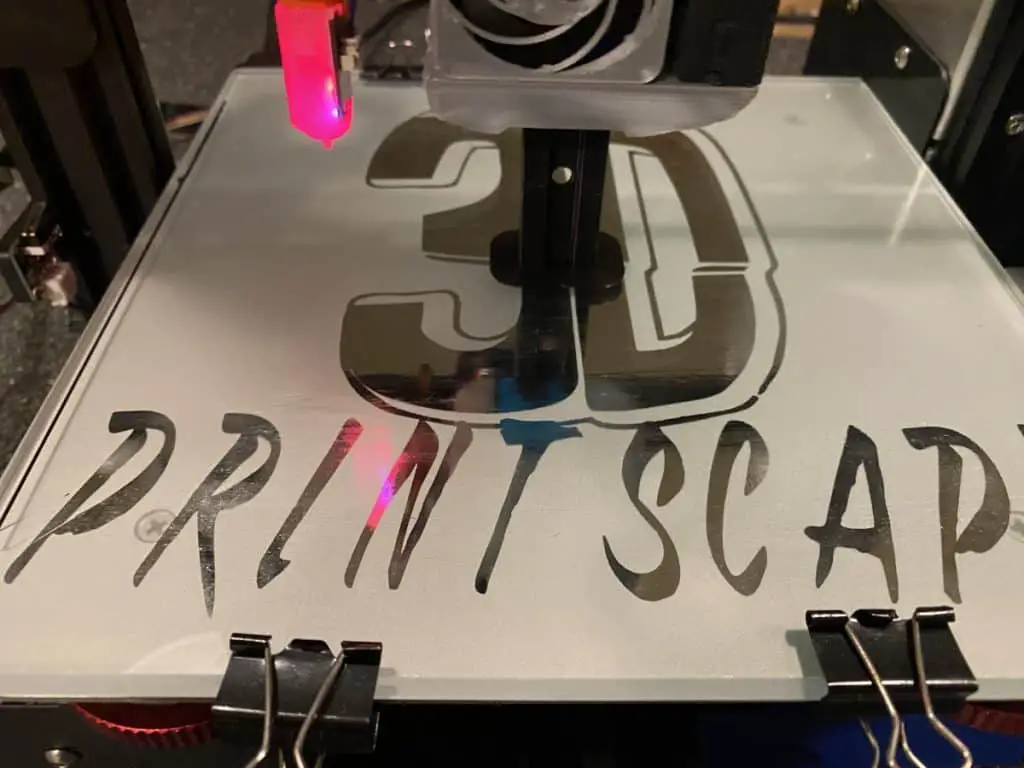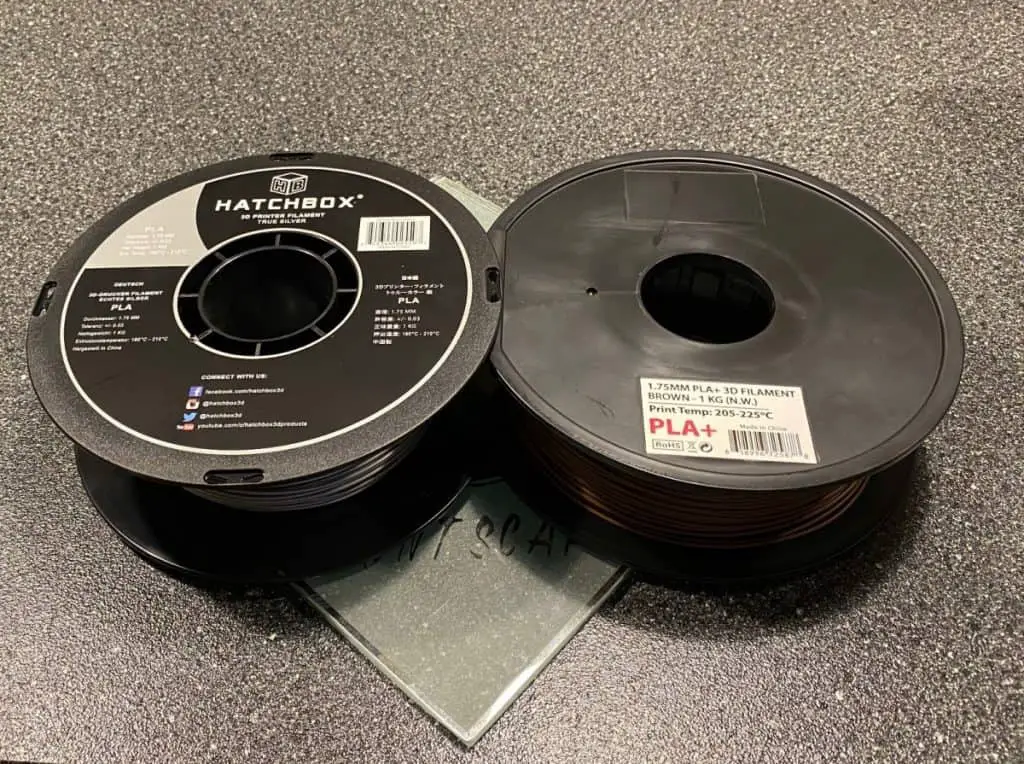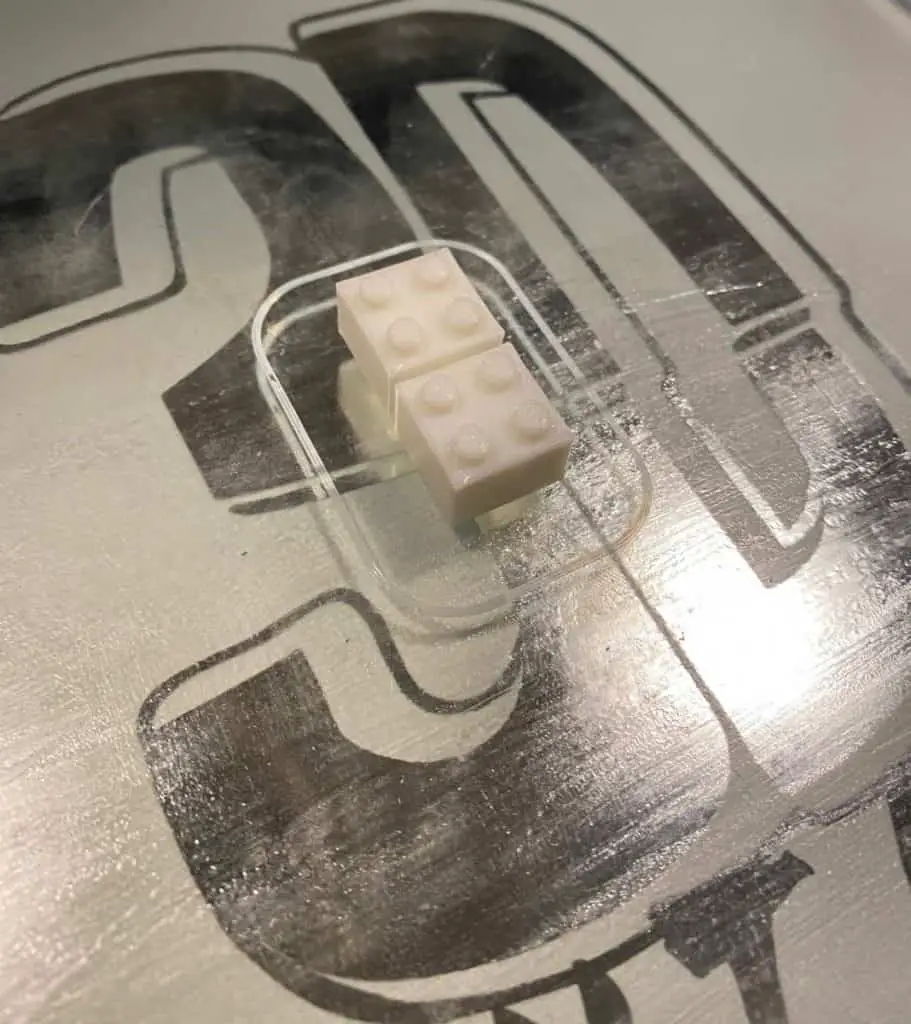PLA is a material used in several industrial processes, including 3D printing. It’s malleable and can easily be shaped during the 3D printing process. However, some people have concerns about the PLA; specifically the fumes it releases when it burns.
PLA is toxic when burned. When burned, PLA can release Volatile Organic Carbon or VOCs, a gas toxic to humans if inhaled or ingested. Therefore, safety precautions must be taken when working with PLA to prevent accidents or injuries as a mistake could lead to poisoning.
Keep reading to learn in detail about the risks and dangers involved in using PLA. I’ll also discuss PLA safely and the most significant risks of using this building material. By the end of this piece, you’ll better grasp the risks involved in PLA and how you can avoid any accidents on your property when dealing with this material.

Does PLA Release Toxic Fumes?
PLA is a fantastic material, primarily used in 3D printing. Polylactic Acid or PLA is one of the safest materials you can use in 3D printing. However, this material involves some risks, such as the fumesreleased by PLA during the drying process and burned.
PLA releases toxic fumes when burned. However, when PLA is heated in a 3D printer at typical temperatures between 180 and 240°C (356 and 464°F), it releases a non-toxic fume called Lactide, which is not harmful to humans.
PLA is likely the safest material you can use in your 3D printer. When you use PLA as intended and not at too high a temperature, you won’t be exposed to harmful fumes. PLA will often smell sweet when heated during the printing process.
While PLA fumes aren’t toxic as long as it’s not burned, it’s still a good idea to use this material in a space with plenty of ventilation. You can use an air filter or leave the window open when using the printer to ensure you have fresh air in your home.
Is PLA Flammable?
PLA is one of the least toxic materials you can use when 3D printing. This material doesn’t release harmful chemicals when it’s warmed. However, toxic chemicals aren’t the only risks involved in 3D printing; fire is also a significant risk when 3D printing in your home.
PLA is highly flammable. It’s the most flammable material you can use in a 3D printer. The material will ignite when exposed to high temperatures above 270°C (518°F), and fires can spread quickly in PLA. Therefore, you should never leave your 3D printer unattended when printing using PLA.
The most common source of fire in 3D printing is electrical components failing. Wires or other components can spark or give off heat which can cause other aspects of the printer to ignite. If an electrical component fails when using PLA for 3D printing, it can quickly cause a rapidly spreading fire.
PLA 3D-printed items are vulnerable to searching fire, even after drying. Therefore PLA isn’t a suitable material for pieces exposed to high temperatures as it may burst into flames. You can use alternative materials that withstand exposure to higher temperatures. However, these materials often contain harmful chemicals.
In recent years there has been a significant increase in researching nonflammable PLAs as the only downfall to using this polymer is the significant risk of fire. However, so far, little progress has been made in developing an affordable nonflammable PLA.

How Do You Use PLA in 3D Printing Safely?
PLA is one of the safest materials you can use for 3D printing. However, 3D printing poses certain risks regardless of the materials you’re using, and there’s also added risk of fire when using PLA due to its highly volatile nature.
You can safely use PLA in 3D printing by doing the following:
- Use the printer in a well-ventilated area.
- Watch out for burns.
- Read the manufacturer’s instructions for printing.
- Never leave the printer unattended when printing.
- Wear protective gear when handling materials.
See below for a breakdown of the critical safety steps listed above:
Use the Printer in a Well-Ventilated Area
3D printers release fumes during printing even when using PLA. While the chemicals released for PLA when heated aren’t toxic, you still don’t want a build-up of chemicals in the air in your home. Therefore, you must place your 3D printer in a well-ventilated area of your home.
Watch Out for Burns
Burns on PLA can quickly spell disaster. PLA releases harmful chemicals when it burns. On top of this, PLA can ignite when exposed to high temperatures and burn ferociously. A fire involving PLA could destroy your home so keep an eye out for burns.
Read the Manufacturer’s Instructions for Printing
Regardless of the materials, you’re using for 3D printing, you should always read and follow the manufacturer’s instructions to safely operate the machine. Doing so ensures that the machine can safely operate as it was designed to do.
Each variety of 3D printers may also have specific safety features and precautions that you should follow for safe use.
Never Leave the Printer Unattended When Printing
Once you’ve started 3D printing, you should never leave the printer unattended until the printing has concluded or paused. PLA can catch fire if an issue occurs, which can quickly spread, especially if you’re not there to stop the spread of flames. Therefore your 3D printer must be monitored while in use.
Wear Protective Gear When Handling Materials
While PLA doesn’t pose any significant poisoning risks at average temperatures, you should still use protective wear when handling this material. It would help if you used gloves and eye protection to prevent potential issues, as even tiny particles of PLA may irritate your eyes or cause injury.

Related Articles
- Can PLA Fumes Give You a Headache?
- Does PETG 3D Printing Create Toxic Fumes?
- What Are FDM Printer Fumes?
- Is It Safe to 3D Print Indoors?
- How Much Ventilation Does a 3D Printer Need?
Final Thoughts
PLA can release toxic chemicals when it’s burned. However, when PLA is heated or at average temperatures(below 270C (518F)), it doesn’t release harmful fumes. PLA is a biodegradable material often made of 100% organic material, making it a safe material to handle.
However, PLA is a significant fire risk. PLA can catch fire easily and cause severe damages to your home. Therefore you must follow the necessary safety steps when printing using this material.
Make sure you check out our YouTube channel, and if you would like any additional details or have any questions, please leave a comment below or join us on Discord. If you liked this article and want to read others click here.
